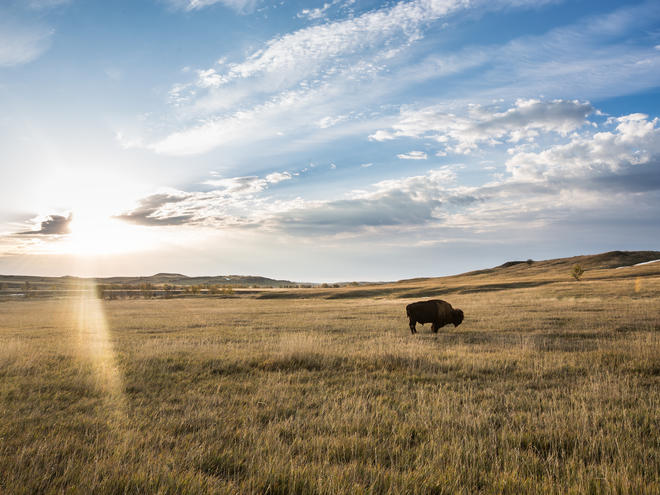America the beautiful: a look at some of the country’s most fascinating animals
Published by the World Wildlife Fund
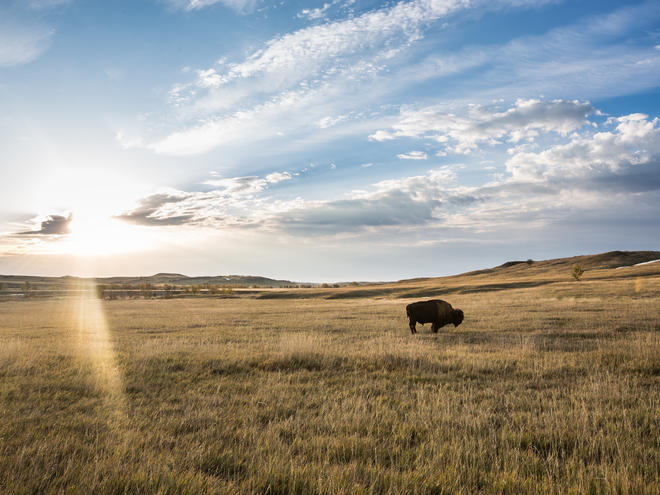

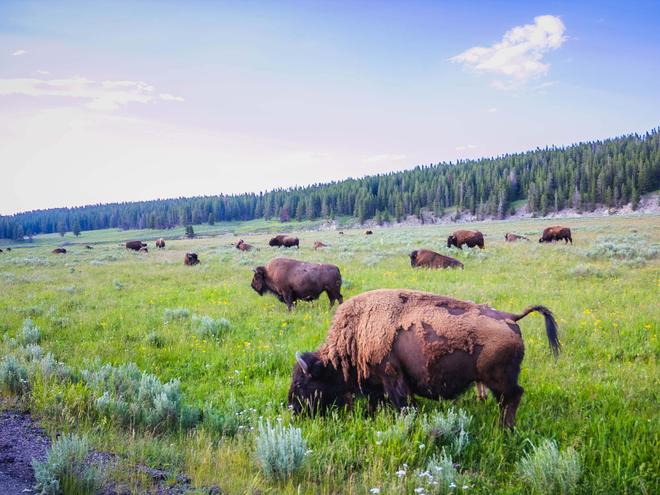
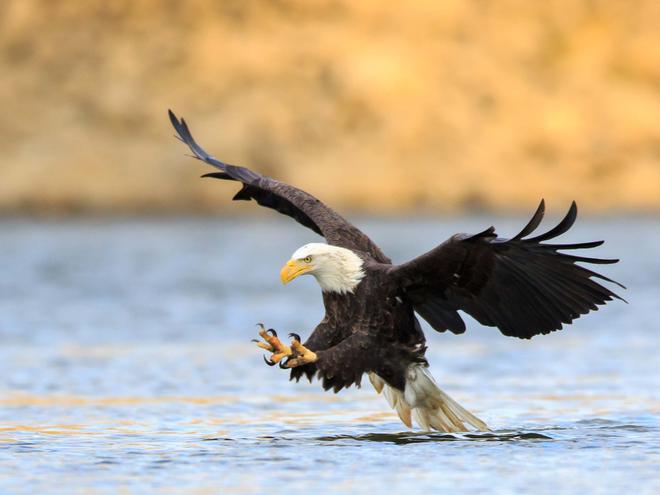


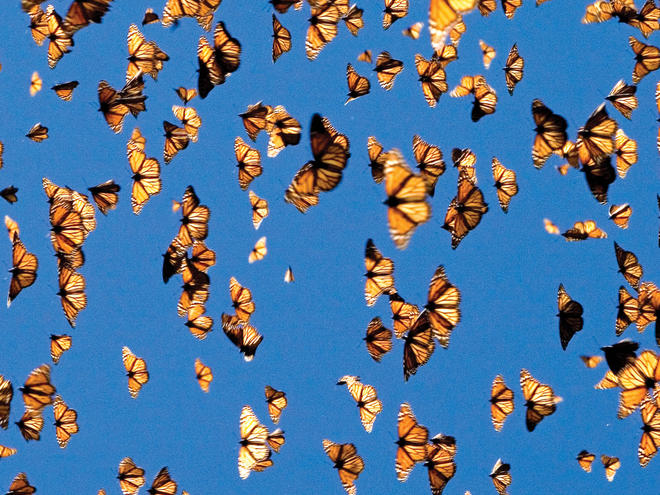
We’re all quick to recognize the beauty of elephants roaming through Africa and Asia, the tigers traversing Southeast Asia and the far reaches of Russia and China, and the charismatic gorillas of the Congo basin. But the United States also hosts an abundance of beautiful, iconic animals that make our country diverse and unique.
From bison herds in the Northern Great Plains to polar bears in the far north of Alaska, wild creatures need our help to not only survive, but to thrive. WWF works with the government, businesses, universities, local communities, and other conservation organizations to ensure we can protect animal populations and their habitats.
Take a look at a few of these amazing species found in the United States
Polar bears spend most of their lives on the sea ice—including in our very own Alaska. Their thick layer of body fat and double-layered fur coat keep them toasty and insulated from the cold air and sea. Unfortunately, these unique bears are suffering the consequences of a changing climate. As temperatures warm, we’re seeing less of the sea ice that polar bears need for hunting. WWF is working with governments, businesses, and cities to curb climate, while also working with Arctic communities to bolster climate resilience.
Bison truly hold their own as one of America’s iconic species. Massive and resilient, these animals now serve as the national mammal of the United States. Not long ago, an estimated 30 million to 60 million plains bison moved in vast herds across the Northern Great Plains. But as a result of westward expansion and commercial hunting, those numbers plummeted by the turn of the 20th century. Now they’re seeing a resurgence. WWF works with Native American communities and the National Park Service to ensure that large herds of bison become common again.
Bald eagles, with their bright yellow beaks and expansive wings, are strongly associated with the United States. Surprisingly, they’re not actually the largest bird of prey in America—that superlative goes to the Californian condor. They are, however, the only eagle solely native to North America.
Beluga whales swim off the coast of Alaska, among other places. They’re bright white and extremely sociable mammals, hunting and migrating together in pods. These pods can range from just a few individuals to hundreds of whales. Belugas’ foreheads—called melons—are so flexible that it can actually change shape and play a role in vocalization and echolocation. These whales communicate with a series of chirps, clicks, whistles and squeals, giving them the name of ‘the canaries of the sea.’
Black-footed ferrets scoot through prairie dog tunnels in America’s Northern Great Plains for shelter and raising their young. They also rely on prairie dogs themselves as a food source. These nocturnal mischief makers were once thought to be globally extinct, but recovery efforts helped bring them back from the brink. WWF works with tribal communities, governments, and universities—among others—to protect black-footed ferrets.
Monarch butterflies embark on one of the most ambitious migrations in the world each year, traveling more than 2,800 miles from Canada, through the United States, and into Mexico where they hibernate in the winter months. Milkweed is the only plant on which monarchs lay their eggs and it provides food for their baby caterpillars. Unfortuantely, milkweed is disappearing all across the United States due to herbicide use and land conversion, and warmer weather is confusing butterflies, which wait for cold temperatures to begin their annual migrations. Since 2003, WWF, federal and state governments in Mexico, and other partners have conducted scientific surveys to gain insight to the health of migratory monarch populations. It’s a big challenge to save monarchs, but together we can make a difference.
Read the full article at: http://feedproxy.google.com/~r/WWFStories/~3/C3smpFMxF9g/america-the-beautiful-a-look-at-some-of-the-country-s-most-fascinating-animals

